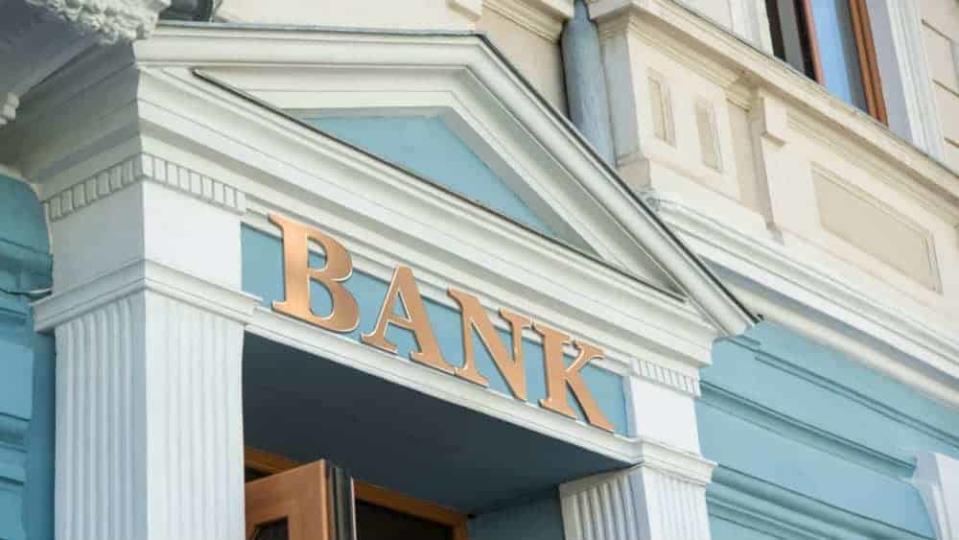Here’s How the CERB Payments Could Change

The Canada Emergency Response Benefit (CERB) has been a way for the Canada Revenue Agency (CRA) to help people who’ve lost their jobs due to the coronavirus pandemic. However, among the biggest criticisms of the CERB is that there’s no vetting process — if you apply you get it.
And because people get $2,000 per month, there’s an incentive to stay at home for low-income workers than there is to go back to work.
The government’s vowed to pursue the first issue and the CRA may even call people who it believes are ineligible for the CERB and who’ve applied for it anyway. And with the information all tied to a social insurance number, it’s not going to be difficult for the government to determine if someone quit their job or didn’t meet other eligibility requirements for the CERB.
A more complex problem is the second issue — getting people who are receiving CERB payments to go back to work. Conservative leader Andrew Scheer believes there is a way that can be also be addressed. Scheer’s proposed an incentive to get people working again, called the “Back to Work Bonus.”
With this bonus, someone who makes between $1,000 and $5,000 in a given month will receive $0.50 for each dollar they earn over $1,000.
Currently, people can remain eligible for the CERB if they earn up to $1,000, which is why the incentive would start over that threshold. If someone were to make more than $1,000 in a four-week reporting period, they’d become ineligible for CERB for that period.
Whether it’s a bonus or some other modification to the CERB, it’s clear that something’s needed to help people who don’t have jobs to go back to while getting the economy back up and running.
Many businesses have complained that they’re struggling to attract workers because of the CERB. Even if someone were to make $15/hr and working 40 hours a week for four weeks, they’d earn $2,400 — not a whole heck of a lot more than the CERB.
Another way people can boost their income
If you’ve got some savings that you can invest, dividend stocks are a good way to supplement your income. There aren’t any eligibility rules, and if you invest inside a TFSA, you won’t have to worry about the CRA going after your earnings. The CERB, however, is taxable.
Even if you don’t know where to invest, it’s hard to go wrong with a top bank stock like Bank of Montreal (TSX:BMO)(NYSE:BMO). Shares of BMO are down more than 25% this year, which is one of the reasons why now is a great time to invest in the Big Five bank. It’s a cheap stock that’s trading right around its book value and at just 10 times its earnings.
What’s especially attractive about the bank stock is that it pays a dividend of close to 6% per year. If you were to invest $10,000 into BMO, you could generate around $600 in income every year. The more you invest, the more money you end up making.
You can also earn more if the stock appreciates in value. Earlier this year, BMO was trading at more than $100 per share. If you were able to buy the stock for $70 per share and it rallied back up to $100 — which is very possible when the economy recovers — that’s a return of 43%. On a $10,000 investment that would be a profit of $4,300.
Whether or not you qualify for CERB, one way you can improve your financial situation today is by investing in dividend stocks.
The post Here’s How the CERB Payments Could Change appeared first on The Motley Fool Canada.
More reading
The Motley Fool’s purpose is to help the world invest, better. Click here now for your free subscription to Take Stock, The Motley Fool Canada’s free investing newsletter. Packed with stock ideas and investing advice, it is essential reading for anyone looking to build and grow their wealth in the years ahead. Motley Fool Canada 2020

 Yahoo Finance
Yahoo Finance